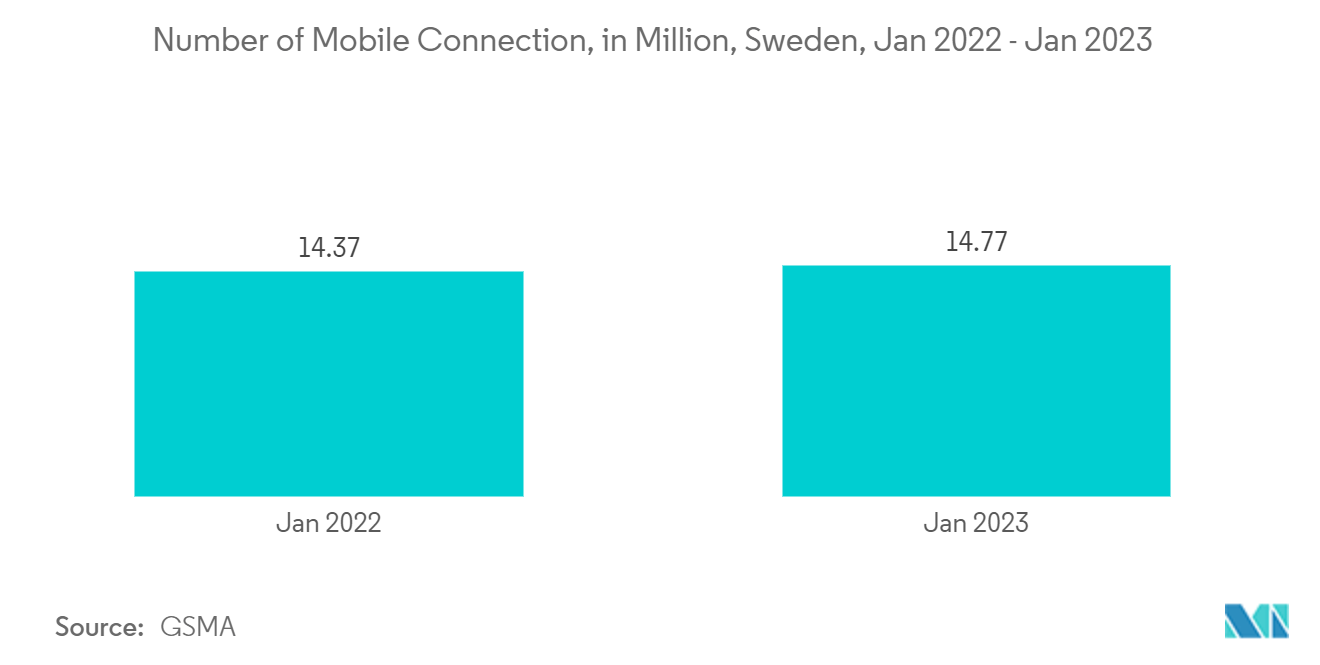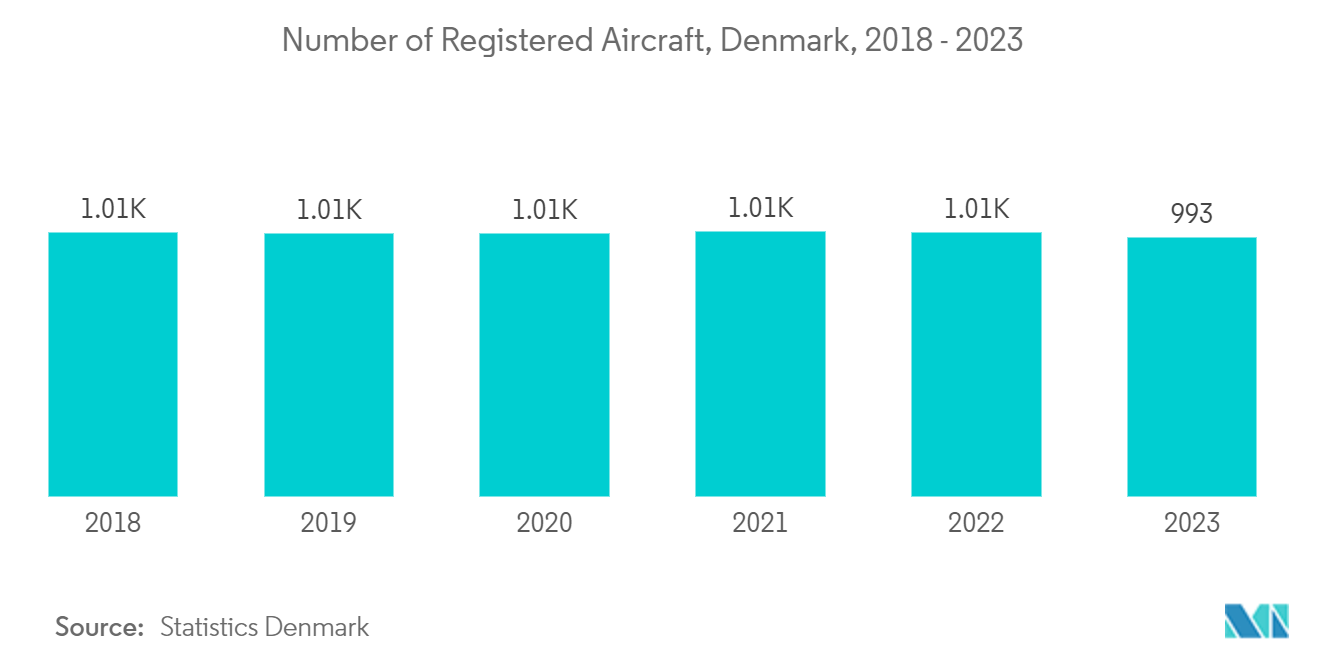Market Trends of Nordics Location-Based Services Industry
Indoor Location Segment is Expected to Hold a Significant Share of the Market
- Indoor LBS is gradually gaining traction due to the increasing penetration of smartphones, the development of sensor technology, and the increase in indoor time. Sensor technology has enabled smart networks to receive data from a smartphone without installing additional devices, making smartphones the most commonly used data source for indoor positioning. These sensors or hot spots are called Bluetooth Low Energy (BLE) beacons, which locate devices and users inside a building. Other kinds of indoor positioning being used by organizations are Wi-Fi and Geomagnetic. Thus, IT managers, marketing managers, facilities personnel, and other stakeholders are responsible for purchasing, installing, and maintaining these systems.
- Indoor tracking applications benefit indoor location tracking/positioning, proximity marketing, and real-time wayfinding for large facilities, such as airports, hospitals, stadiums, and convention centers. There is active research on designing and implementing an indoor positioning platform to sustain the development of future location-based 5G network functionalities and services.
- However, the built-in smartphone sensors' readings are easily affected by the surrounding environment and occasionally differ, adversely influencing indoor positioning accuracy. For instance, the built-in gyroscope sensor and the magnetometer sensor can be used to measure a user's heading direction, which may be different from each other and occasionally from themselves. As a result, this error accumulates, and the user's position may become increasingly inaccurate. Also, the reliability and availability of indoor positioning technologies, up-to-date indoor maps, and privacy considerations associated with location data are some of the biggest challenges to indoor LBS.
- In several cases, installation and integration services are highly prominent in the market, owing to increased customized and indoor LBS solutions. Installation of hardware and integration of custom technologies into locally deployed applications, etc., are some of the professional services growing faster in the market. The benefits also include training (on-site or offline), which is imparted to end users regarding the device's usage and its advantages. This is done after hardware and software integration.
- Data from GSMA Intelligence shows there were 14.77 million cellular mobile connections in Sweden at the start of 2023. GSMA Intelligence's numbers indicate that mobile connections in Sweden were equivalent to 139.6% of the total population in January 2023. Moreover, recently, Navenio, a provider of location-based services for indoor environments via mobile applications, secured a USD 1.1 million investment from Future Planet Capital to help revolutionize healthcare efficiency worldwide.

Transportation and Logistics is Expected to Hold Significant Share
- Location-based services find various applications in the transportation industry. In commercial transportation, these services are primarily used in autonomous vehicles or connected vehicles with intelligent devices and advanced features, like GPS and A-GPS, mainly used for location-based services like maps or navigation. In transportation, these services are also used for location-based information services, which include the localization of speed cameras, available parking spots, traffic alerts, and dynamic weather updates.
- Autonomous vehicles are gaining significant traction, with various multinational companies making strides in developing the required technologies. Many companies have also been identified as following this trend, which is expected to drive the adoption of autonomous vehicles over the period. Additionally, multinational technological firms, like Facebook, Apple Inc., Alphabet Inc., and Amazon, have been identified as spending heavily on developing AI-powered cars, further propelling the market growth.
- The advent of autonomous vehicles has also resulted in the rise of connected cars, whether vehicle-to-vehicle or vehicle-to-infrastructure, which is expected to augment the growth of the market studied. The navigational maps and live traffic information have been a powerful tool for the automotive industry. They are expected to be even more crucial now, with the vehicle connectivity requirement. The increased number of sensors included in modern vehicles, owing to the intro of advanced driver assistance systems, has prompted the vendors in the market to innovate their services. For example, HERE is a map and content player trying to include more information in maps.
- LBS also enables advanced fleet management services where one can remotely track every vehicle through GPS, monitor fuel economy and driver behavior, and gather valuable data to improve business efficiency (like ride-hailing services such as Uber and Lyft). With the increasing demand for supply chain visibility and transparency in the logistics industry, more businesses are empowering their fleet chains with GPS tracking technology. LBS helps integrate users with vehicle routes, stops, and driver schedules. An alert is triggered if the vehicle stops at an unregistered location or uses an unknown route.
- According to Statistics Denmark, as of January, 2023, 993 planes were recorded in the Scandinavian country. Such a huge number of aircraft would allow the market studied to grow. With the help of transponders installed on the aircraft, the satellite collects signals from the vessels to provide their position, route, speed, and ship type. Furthermore, platforms such as Google have improved ship tracking, allowing access to minute details of almost all ships within a location.


